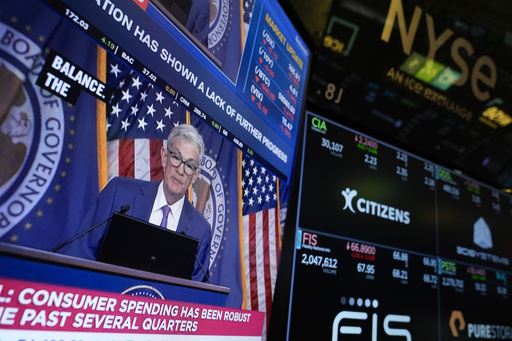Federal Reserve officials discussed signs of easing inflation and a potential slowdown in the job market and broader economy during their recent meeting. These trends may lead to a reduction in the Fed’s benchmark interest rate from its current level of 5.3% in the upcoming months. Factors contributing to the easing of inflation include slower wage growth, resulting in less pressure on companies to raise prices, as well as businesses offering discounts to attract customers.
While policymakers acknowledged the need for more evidence to confirm a sustainable return of inflation to the Fed’s 2% target, they indicated no urgency in lowering borrowing costs. The minutes of the meeting provide insight into the policymakers’ considerations on interest rates, with financial markets eagerly awaiting clarity on the timing of potential rate cuts.
The Fed officials expressed concerns about a possible rise in layoffs due to a cooling job market, indicating a shift towards considering both stable prices and maximum employment as policy goals. This marks a departure from the previous focus primarily on curbing inflation. Despite viewing the economy as generally healthy, officials highlighted signs of a slowdown, including reduced consumer spending, fewer job openings, and weakened economic growth in the first quarter of 2024.
Following the meeting, the Fed scaled back its expectations of rate cuts this year from three to just one. Chair Jerome Powell suggested that one or two cuts were equally plausible, while some policymakers foresaw no rate cuts in 2024. Powell’s remarks in a monetary policy conference in Portugal indicated progress in bringing inflation back to the 2% target, with a decline in inflation noted from April onwards.
The Fed minutes also raised concerns about the strain faced by lower- and moderate-income households in meeting rising living costs, leading to increased credit card utilization and loan delinquencies. Overall, the minutes highlighted the Fed’s considerations regarding inflation, the job market, and the overall state of the economy, with potential implications for future monetary policy decisions.


